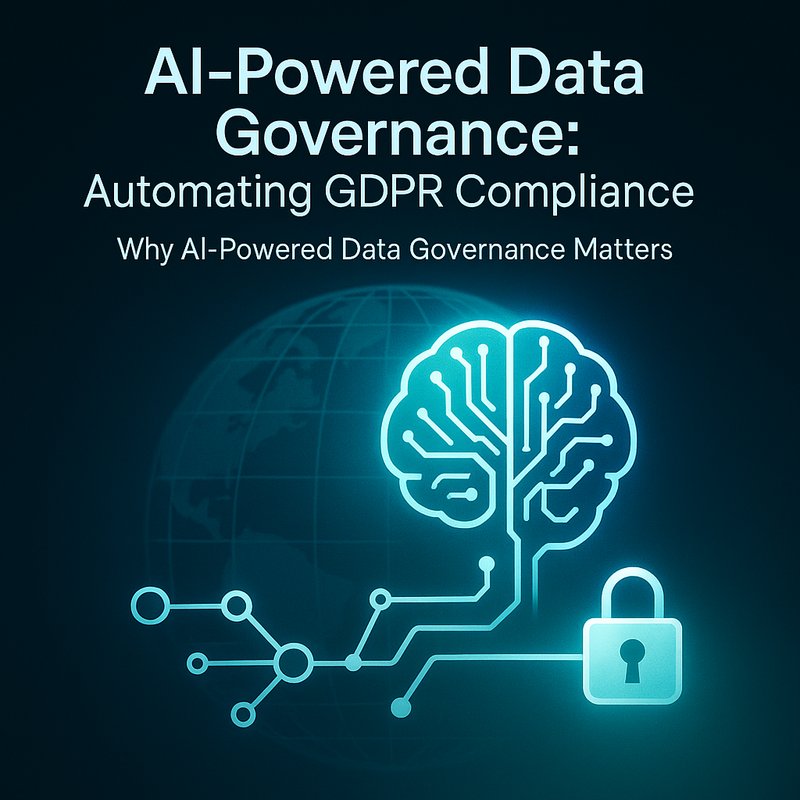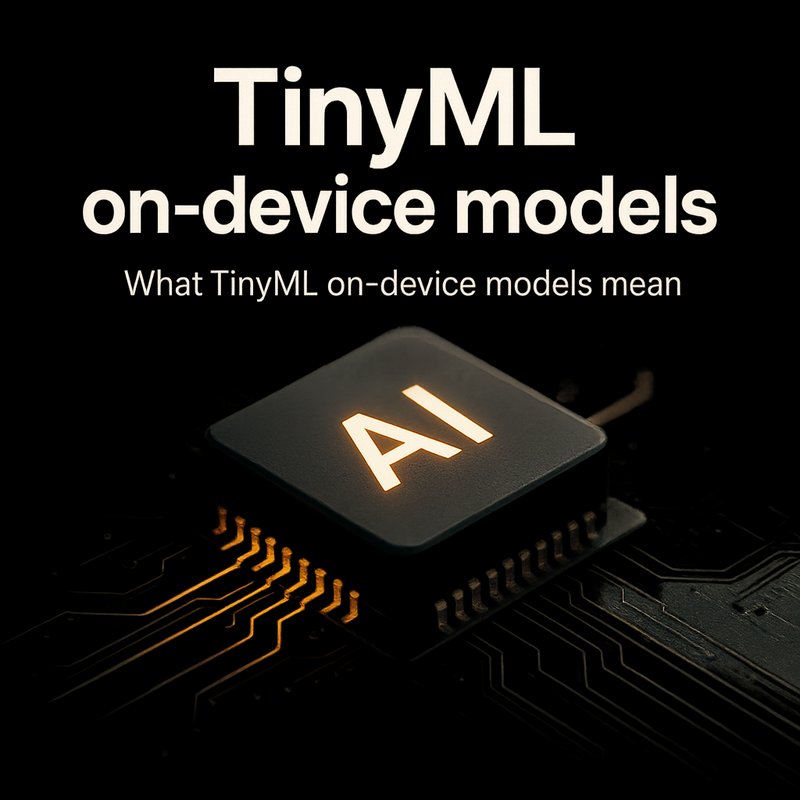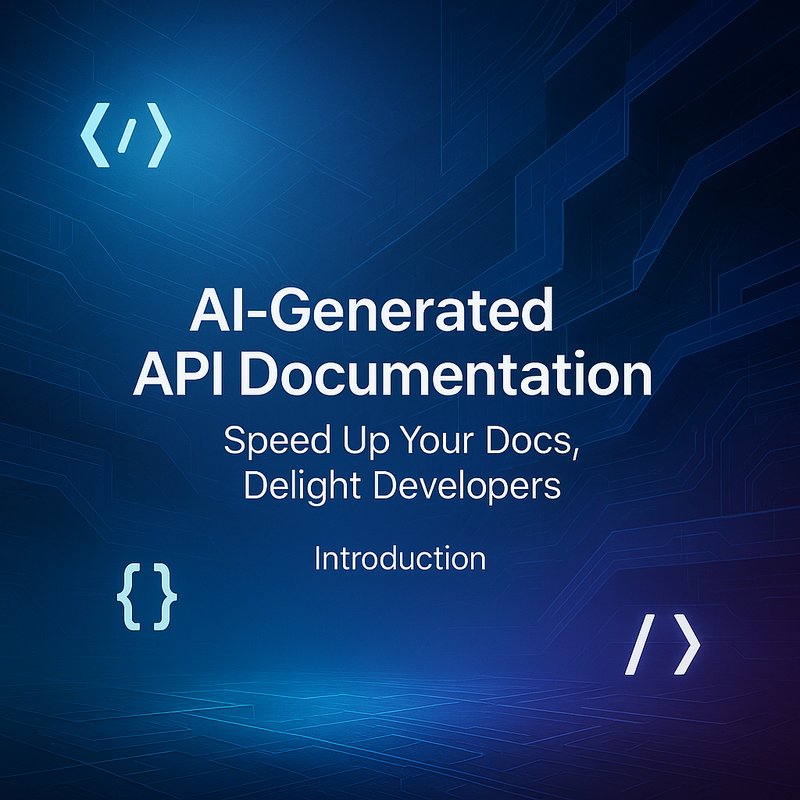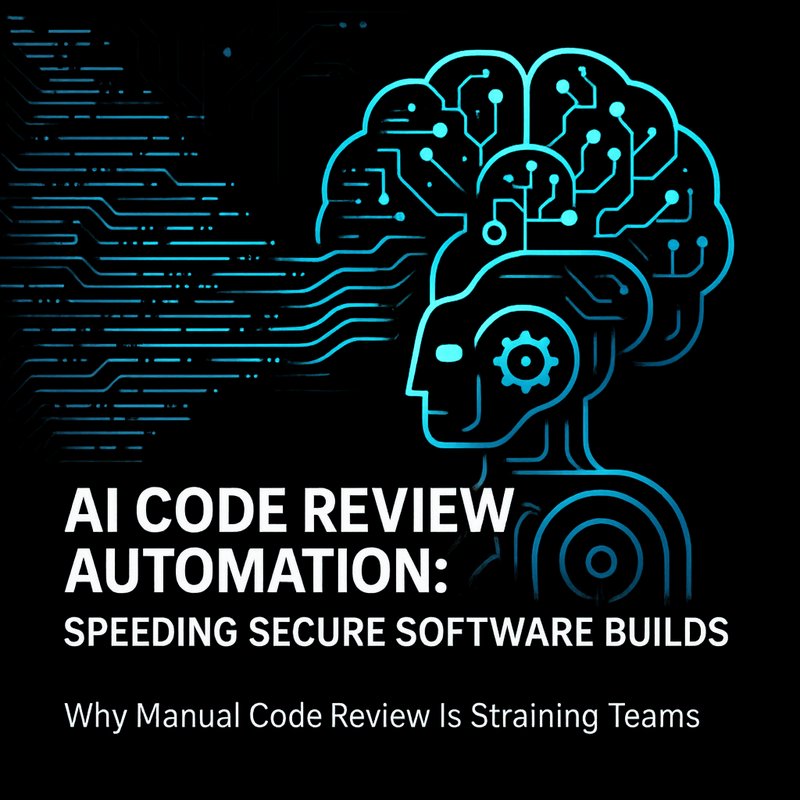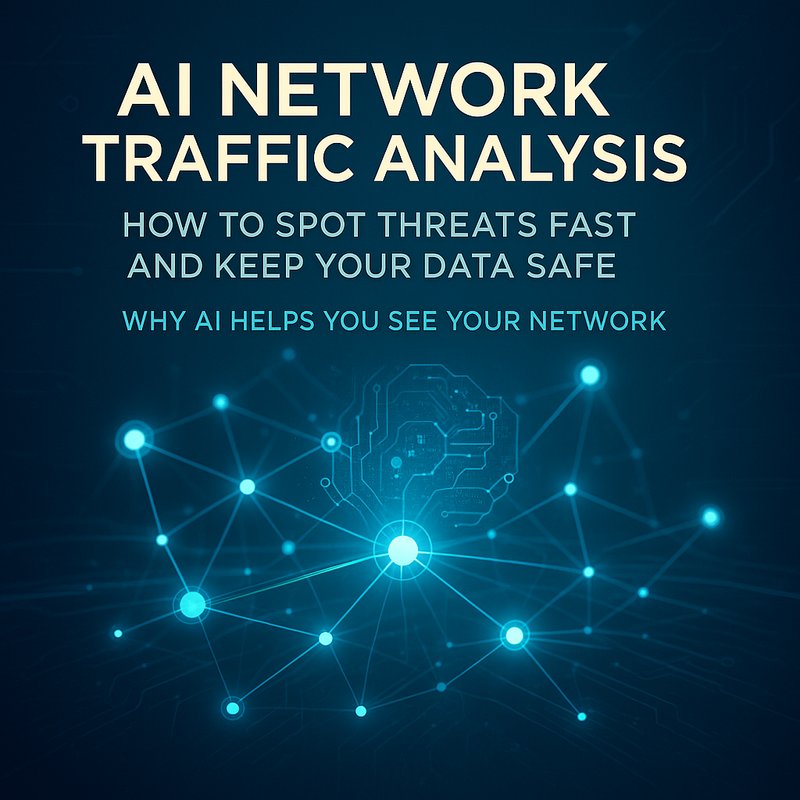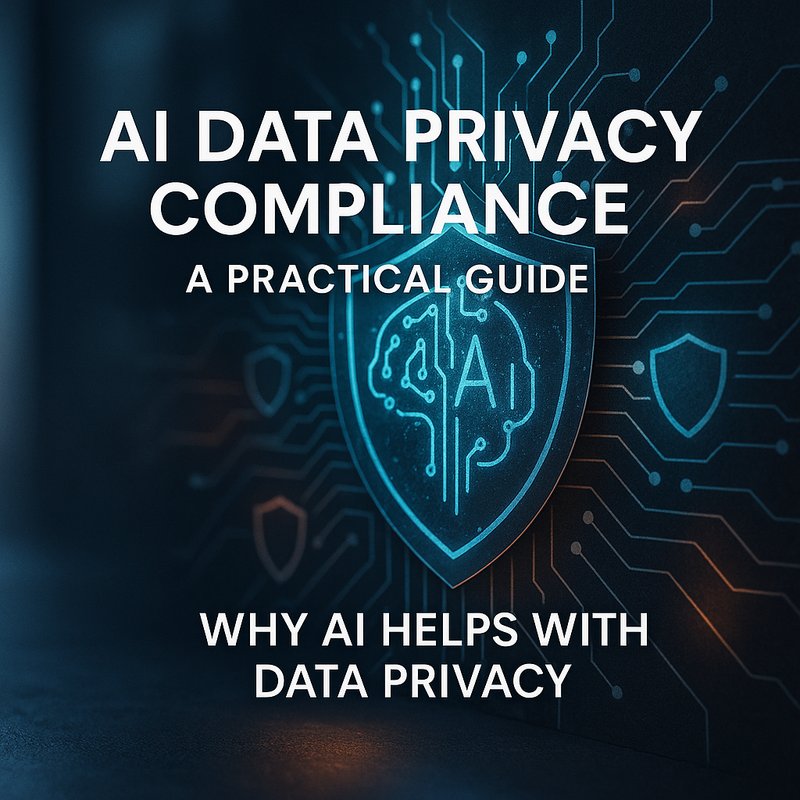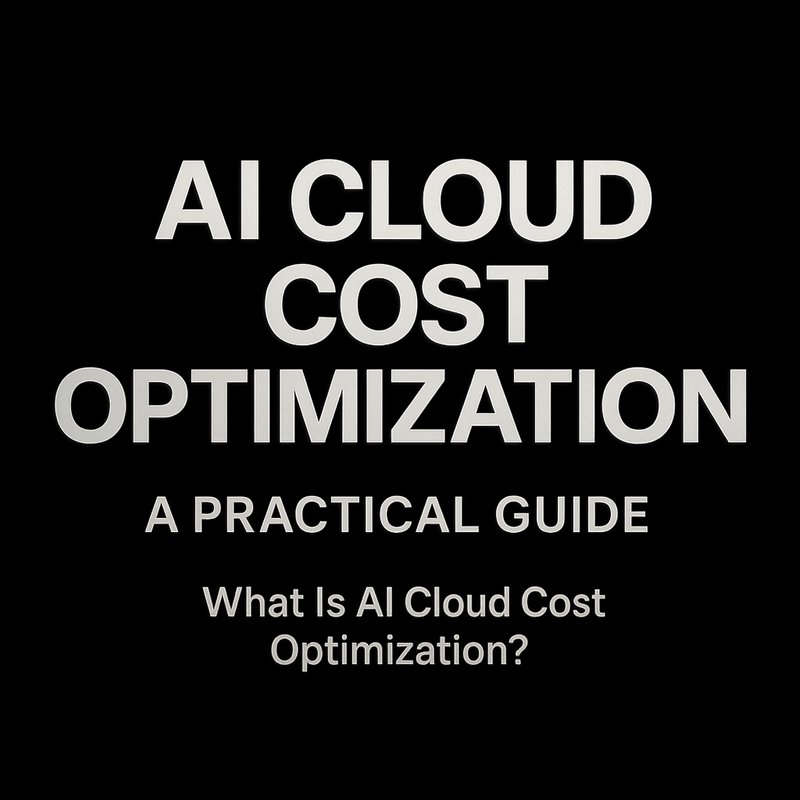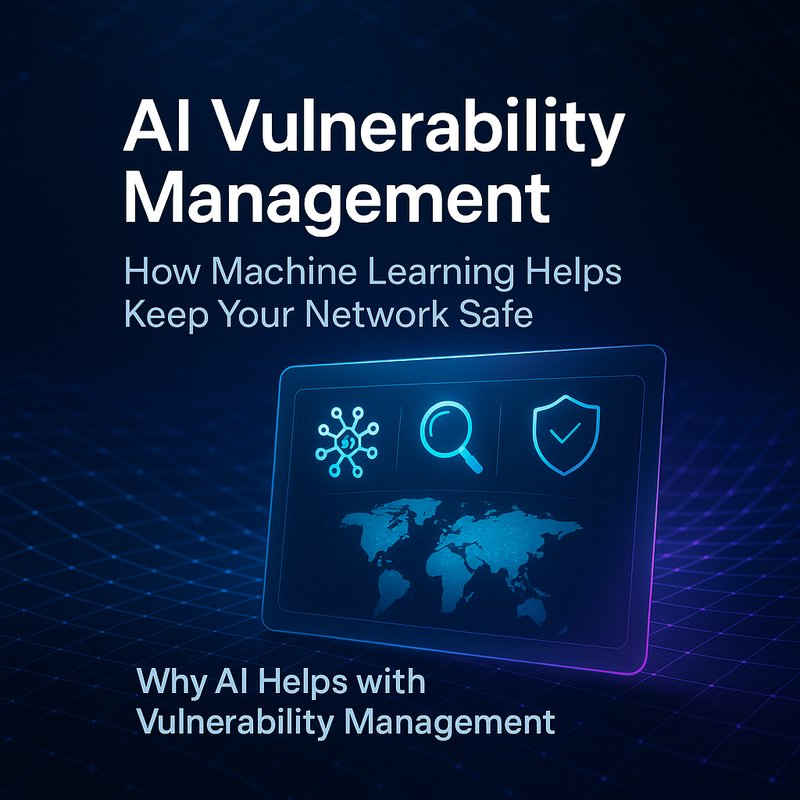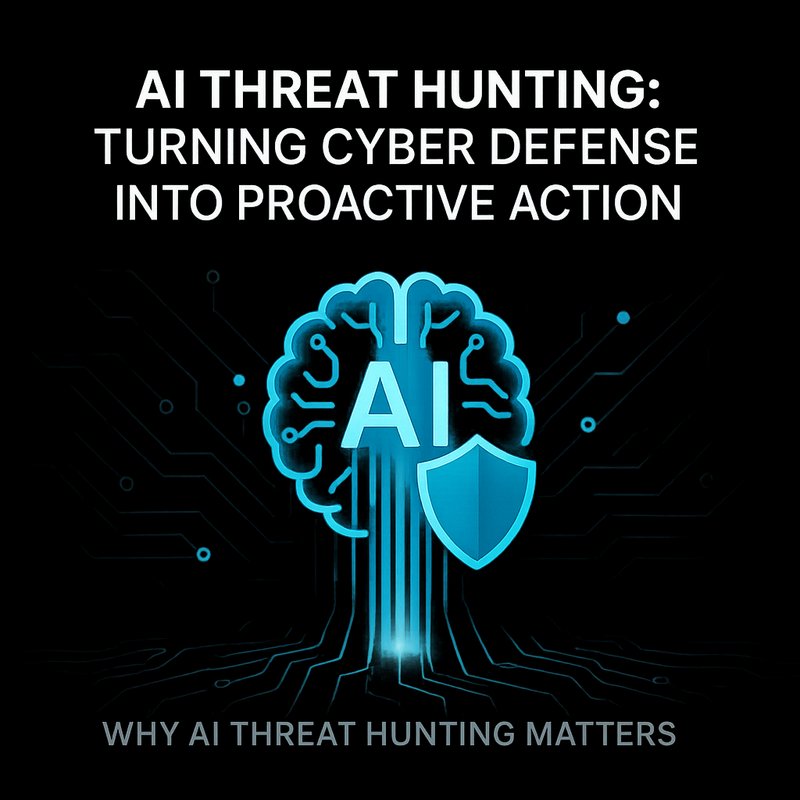In 2025, data protection rules are tighter than ever. Companies that want to stay compliant need a system that can automatically discover, classify, and protect personal data. That’s where AI‑Powered Data Governance comes in. This guide walks you through building a fully automated GDPR compliance pipeline using Neura ACE, Neura Keyguard, and open‑source tools. By the end, you’ll know how to turn raw data into a protected asset without writing a single line of code.
Why AI‑Powered Data Governance Matters
Every year, the number of GDPR fines climbs. In 2024 alone, 1,200 companies were fined over €10 million combined. The root cause? Manual data handling is slow, error‑prone, and hard to audit. An AI‑driven approach can:
- Detect personal data in any format—text, images, logs, or PDFs.
- Classify sensitivity levels automatically.
- Apply protection rules (encryption, masking, deletion) in real time.
- Generate audit trails that satisfy regulators.
If you’re a product manager, a data engineer, or a compliance officer, this is the toolset you need.
1. Setting the Stage: What You’ll Need
| Item | Why It Matters | Example |
|---|---|---|
| Data Inventory | Know where data lives. | Cloud buckets, on‑prem databases, SaaS apps |
| AI Model | Detect personal data patterns. | BERT‑based NER model fine‑tuned on GDPR data |
| Workflow Engine | Orchestrate scans, classification, and remediation. | Neura ACE + GitHub Actions |
| Security Scanner | Spot exposed keys or misconfigurations. | Neura Keyguard |
| Compliance Dashboard | Visualize risk and remediation status. | Grafana + Prometheus |
You can start with a small dataset—say, a set of customer support tickets—and scale up.
2. Building the AI Model
2.1 Collecting Training Data
The first step is to gather examples of personal data. Use public GDPR datasets, or scrape your own logs with consent. Label the data with categories like Name, Email, Address, PII, Sensitive.
# Example annotation script
import spacy
nlp = spacy.load("en_core_web_sm")
doc = nlp("John Doe's email is john@example.com")
for ent in doc.ents:
print(ent.text, ent.label_)
2.2 Fine‑Tuning a Transformer
Fine‑tune a pre‑trained transformer (e.g., BERT) on your labeled data. The model learns to spot personal data even in noisy text.
python train_gdpr_ner.py \
--train_file train.jsonl \
--validation_file val.jsonl \
--model_name bert-base-uncased \
--output_dir ./gdpr_ner
2.3 Exporting to ONNX
ONNX makes the model portable across languages and runtimes. Convert the PyTorch model:
python -m torch.onnx.export \
--model_path ./gdpr_ner/pytorch_model.bin \
--output_path ./gdpr_ner/model.onnx
3. Orchestrating the Pipeline with Neura ACE
Neura ACE is an autonomous content executive that can spin up CI/CD pipelines, run scans, and push results to dashboards. Here’s how to set it up.
3.1 Create a New ACE Project
- Log in to https://ace.meetneura.ai.
- Click New Project and name it GDPR‑Compliance‑Pipeline.
- Choose GitHub as the source repository.
3.2 Define the Workflow
ACE uses a YAML file to describe steps. Below is a minimal example:
steps:
- name: Scan Data
action: run
script: |
python scan_data.py --bucket my-data-bucket
- name: Classify PII
action: run
script: |
python classify_pii.py --input data.jsonl
- name: Apply Remediation
action: run
script: |
python remediate.py --classified data_classified.jsonl
- name: Report
action: publish
destination: grafana
3.3 Integrate Neura Keyguard
Add a security scan step before classification to catch exposed keys:
- name: Security Scan
action: run
script: |
keyguard scan --target my-data-bucket
Keyguard will return a JSON report that ACE can parse and act on.
3.4 Deploy the Pipeline
Click Deploy. ACE will create a GitHub Actions workflow, run the pipeline, and push results to your Grafana dashboard.

4. Classifying Personal Data
Once the model is in place, you can run it against any dataset.
python classify_pii.py \
--model ./gdpr_ner/model.onnx \
--input ./raw_data.jsonl \
--output ./classified.jsonl
The output contains each record with a sensitivity tag:
{
"record_id": 123,
"text": "John Doe's email is john@example.com",
"entities": [
{"text": "John Doe", "label": "PERSON"},
{"text": "john@example.com", "label": "EMAIL"}
],
"sensitivity": "PII"
}
5. Remediation Strategies
5.1 Encryption
For PII records, encrypt the field before storage.
python encrypt.py \
--input classified.jsonl \
--output encrypted.jsonl \
--key my-encryption-key
5.2 Masking
If you need to keep the data but hide it, apply masking.
python mask.py \
--input classified.jsonl \
--output masked.jsonl
5.3 Deletion
For records that are no longer needed, delete them automatically.
python delete.py \
--input classified.jsonl \
--criteria "last_access > 365 days"
6. Auditing and Reporting
Neura ACE can push metrics to Grafana. Create a dashboard with panels:
- PII Detection Rate – How many records flagged each day.
- Remediation Success – Percentage of records encrypted/masked.
- Keyguard Findings – Number of exposed keys found.
Add alerts for spikes in unencrypted PII.
7. Case Study: FineryMarkets.com
FineryMarkets.com needed to audit its customer data stored across AWS S3, Azure Blob, and a legacy on‑prem database. Using the pipeline described above, they achieved:
- 100 % detection of personal data in 48 hours.
- Automatic encryption of all PII in 24 hours.
- Zero manual intervention for the first audit cycle.
Read the full case study at https://blog.meetneura.ai/#case-studies.
8. Common Pitfalls and How to Avoid Them
| Pitfall | Fix |
|---|---|
| Model misses rare data patterns | Continuously retrain with new examples |
| Over‑masking reduces data value | Use tiered sensitivity levels |
| Keyguard false positives | Tune regex patterns and whitelist |
| Pipeline fails on large files | Chunk data and stream processing |
| No audit trail | Log every action with timestamps |
9. Future Directions
- Federated Learning – Train the PII detection model across multiple companies without sharing raw data.
- Explainable AI – Provide human‑readable explanations for why a piece of data was flagged.
- Regulation‑aware Remediation – Automatically adjust remediation based on local laws (e.g., GDPR vs. CCPA).
Staying ahead of these trends will keep your compliance program robust.
10. Getting Started
- Clone the sample repo:
git clone https://github.com/meetneura/gdpr-pipeline. - Install dependencies:
pip install -r requirements.txt. - Run the pipeline:
ace run.
For more tools, visit https://meetneura.ai/products. If you need help, check out our community forum or contact support.
11. Conclusion
AI‑Powered Data Governance is no longer a luxury; it’s a necessity. By combining a fine‑tuned NER model, Neura ACE’s automation, and Neura Keyguard’s security scanning, you can build a pipeline that discovers, classifies, and protects personal data at scale. The result? Faster compliance, fewer fines, and a stronger trust signal to your customers.
Happy automating, and may your data stay safe and compliant!
